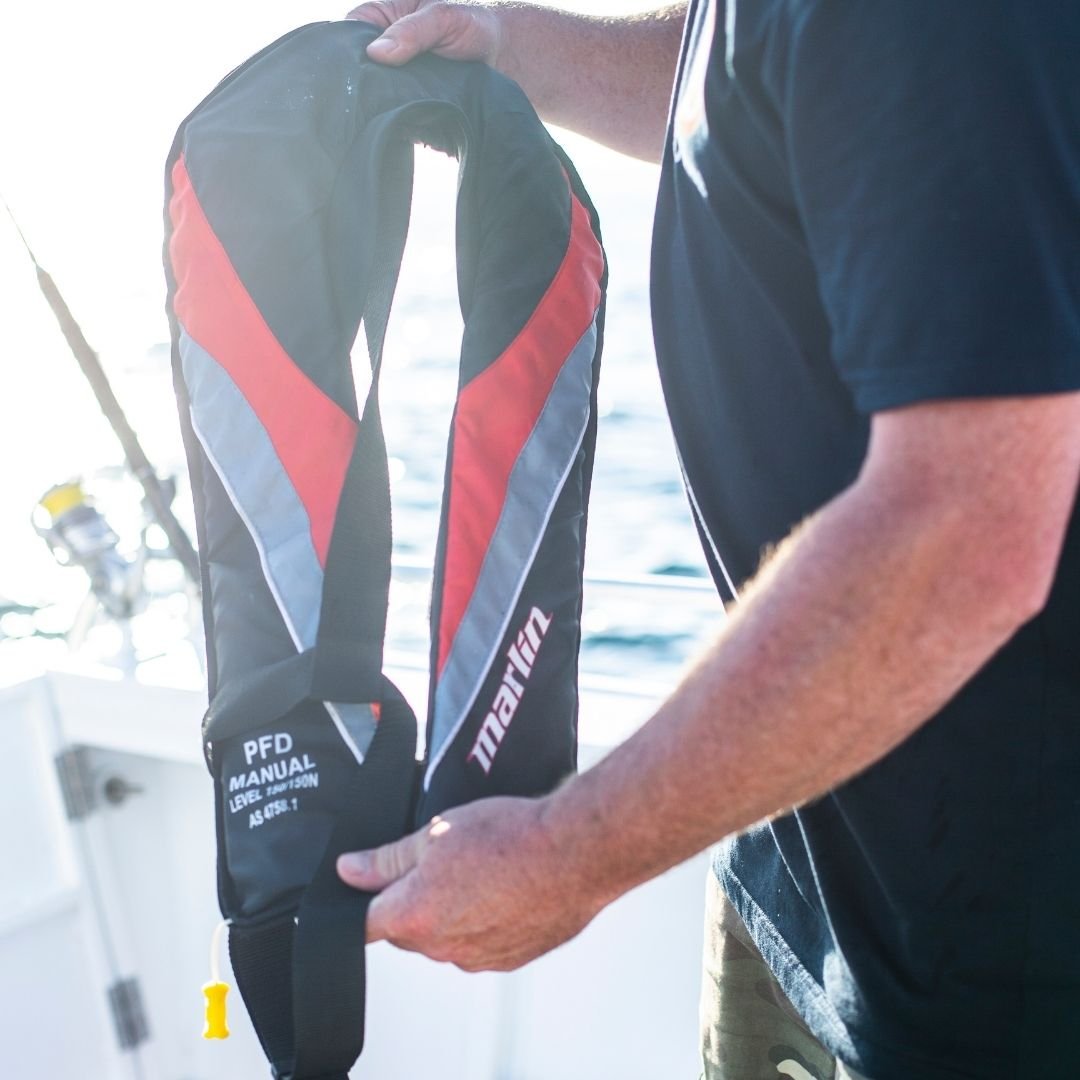BOAT SAFETY EQUIPMENT: DECKEE'S CHECKLIST
The cooler months are a golden opportunity to take stock of the safety gear on your vessel. While the rules vary from state to state, every boat in Australia needs a boat safety kit on board. There are different requirements for boats used on enclosed waters like rivers, lakes, estuaries, compared to boats used on the ocean.
Equipping your boat with the correct safety equipment and ensuring it's in good condition averts potential life-threatening situations, where access to the right gear is paramount.
WHAT SAFETY EQUIPMENT IS REQUIRED ON A BOAT IN AUSTRALIA?
The rules vary depending on which state or territory the boat is registered, and can even vary based on the water conditions as well. However, there is general advice that overlaps and every boat should have some essential kit no matter what type of water you are out on.
Lifejackets
Every boater should have lifejackets on board as a rule, and it is the skipper who is responsible for carrying enough lifejackets for each person on board. They must be a suitable size, in good condition and stored for quick access. In most states, lifejackets need to be rated at level 50S or greater when you are out on open water. In addition, it is recommended to carry some sort of Personal Flotation device (PFD) in case of emergency.
When heading offshore, you should take an EPIRB which can be activated to alert search and rescue services, allowing them to quickly locate you in the event of an emergency.
Waterproof torch
All states require boats of any size to take a torch or some sort of battery-powered flashlight as a basic safety measure.
Marine radio
On large boats, it is imperative to have access to a marine radio. Being able to communicate with boats in the area by radio allows you to call for help quickly.
Bilge pump
Some form of bilge pump or bailing system is a minimum requirement in just about every state except ACT and Victoria seemingly. A pump system is often overlooked for its importance on larger boats, but it is critical in potentially hazardous situations like a major storm or a leak from hull damage.
Auxiliary propulsion
On smaller vessels such as dinghies and tenders, having a set of oars or paddles is strongly recommended, if not enforced by law.
Fire safety gear
Your boat safety equipment should include firefighting equipment, such as fire extinguishers and safety blankets. Fires onboard are extremely dangerous due to the isolation from land and the volatility of fuels in enclosed spaces. It is a good idea to develop a fire escape plan for all occupants onboard whether at sea or moored.
V-Sheets
V-Sheets are usually required to be carried by vessels operating offshore. The fluorescent orange-red coloured sheet can be spread over the deck of a boat or flown as a flag to attract the attention of other boats or overpassing aircraft.
Anchor
Anchor and chain line appropriate for vessel size are required in most states. The performance of all anchors is severely compromised without sufficient chain.
First aid kit
It makes good sense to carry a complete first aid kit on board, appropriate to the size of the boat.
Finally, it is the owner’s responsibility to check that all this safety equipment is operational, within reach and in date. Safety equipment is generally durable and long-lasting, but it best to keep small, storable items like flares, V-Sheet, EPIRB, torch and other bits and pieces in an accessible, sealed, waterproof container.
Download the Deckee app from the App Store or Google Play for free to stay safe on the water. Check the marine weather forecast, track your boat trips, inspect Aids to Navigation, and more. Join our community of passionate boaters to find and share your favourite anchorages, marinas, or fishing spots.




